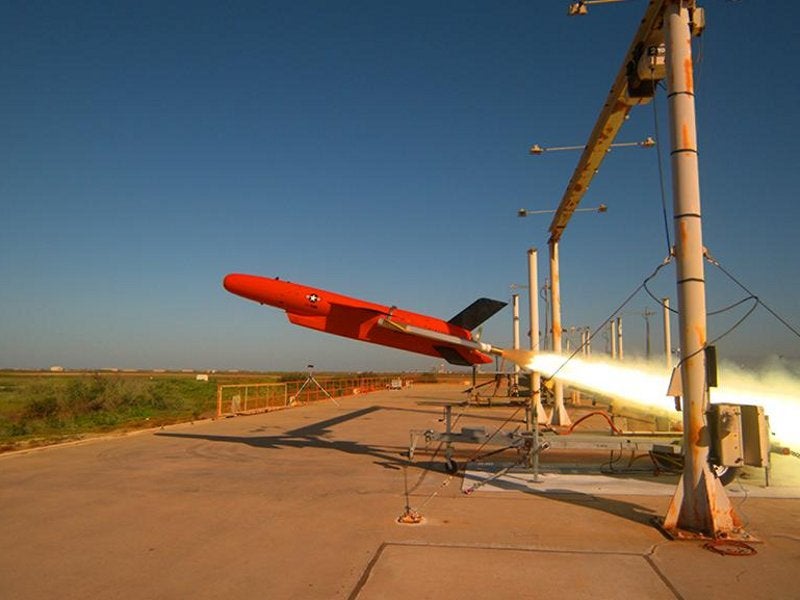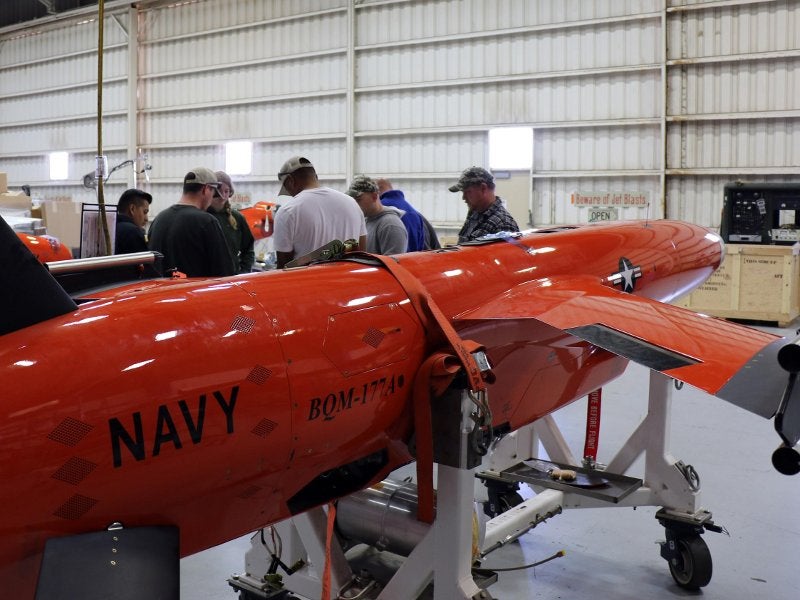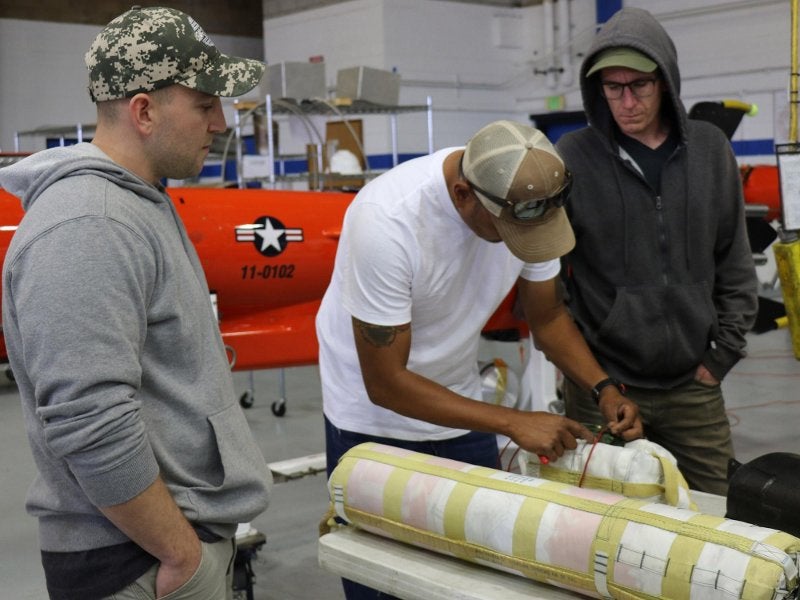BQM-177A is an advanced, high-subsonic, recoverable aerial target system designed and manufactured by Kratos Defense & Security Solutions, a US-based developer of advanced technology solutions for the armed forces of the US and its allied nations.
The unmanned system is designed to fulfil the weapons-release training requirements of the US Air Force and the US Navy.
The primary mission of the BQM-177A target is to emulate real-world enemy anti-ship cruise missiles. The aircraft can also be deployed to provide training for naval aviators in testing and evaluation of new weapon systems during air-to-air combat operations.
BQM-177A subsonic aerial target development
Based on the BQM-167X unmanned aerial target, the BQM-177A is derived from the BQM-167A Skeeter target system, which is currently operational with the US Air Force.
Equipped with high subsonic and advanced sea-skimming capabilities, the new target was selected as the preferred solution for the US Navy’s Subsonic Aerial Target (SSAT) programme. It will replace the BQM-74E Chukar recoverable targets operational with the US Navy.
Kratos was awarded a $34.5m contract by the US Navy to exercise an option for low-rate initial production Lot 1 (LRIP1) of the BQM-177A target. The first aerial target as part of the LRIP1 was delivered to the US Navy in June 2018. Initial developmental testing activities on the target were started in July 2018.
The next-generation target drone achieved its initial operational capability (IOC) in March. It will initially be deployed at the Pt Mugu naval air station in California to provide training assistance to the naval troops.
BQM-177A subsonic aerial target design and features
BQM-177A features a flexible design and is built using advanced materials. Its high-mounted main wings are swept rearwards to provide improved aerodynamic performance. The tail structure is arranged in a conventional configuration, with rearward swept horizontal stabilisers.
The system has a length of 5.18m, height of 1m, and wingspan of 2.13m. With a dry weight of 281.22kg, it is capable of carrying payloads weighing up to 45.35kg inside its fuselage and up to 38.55kg in each wing-tip.
A rocket-assisted take-off system is used for launching the target system, while its recovery either from land or water is performed using a parachute recovery system.
The target can be deployed in either manual or autonomous mode. It is controlled by the operator in the manual mode, whereas the vehicle is guided by pre-programmed flight maps in the autonomous mode of operation.
The BQM-177A target is usable for multiple flights.
Payloads and communication
The BQM-177A aerial target can carry a wide range of payloads such as active and passive radar augmentation, electronic countermeasure systems, internal chaff and flare dispensing system, threat emitter simulators, smoke generators, scoring systems, power management system, and an infrared system.
It also features a friend-or-foe identification transponder unit, which allows for the detection of enemy threats. An on-board command and control system allows the operators to control up to eight aerial targets simultaneously.
Propulsion and performance of BQM-177A subsonic aerial target
The BQM-177A is powered by a TR 60-5 turbojet engine, which is capable of generating 1,000lb of thrust.
The unmanned target system can attain a maximum speed of 0.95Mach. It is capable of operating at 3.1m above ground level (AGL) and 12,192m above mean sea level (MSL). It can carry out sea-skimming threat emulation at altitudes as low as 3.1m.
BQM-177A’s on-board fuel tank has the capacity to store 238.5l of fuel, while the smoke oil carrying capacity of the aerial target is 8l.
Details of the export variant of BQM-177A
The export variant of the BQM-177A aerial target, designated BQM-177i, is intended for international defence customers.
It incorporates a similar design configuration of its base version and acts as a formidable target during firing training sessions.




